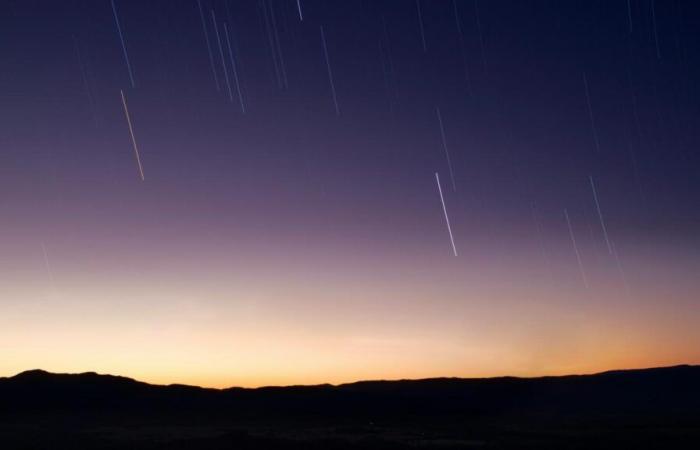LThe Leonids, less known than the Orionids of October and Geminids of December, are the last shower of shooting stars of the autumn. This meteor shower typically produces 10 to 15 shooting stars per hour, but can produce “meteor storms,” which result in thousands of meteors across the sky.
According to Starwalk, a Leonid meteor flies at a speed of 71 kilometers per second and leaves behind a long blue-green trail.
When to observe them?
They will be visible from November 6 to 30, but November 16 and 17, 2024the Leonid meteors will be at their peak. More specifically, the peak is expected to reach its maximum around 4:00 GMT (5:00 French time) on November 17.
You can also try to observe the Leonids on November 14, at 5:37 p.m. or the night of November 19 to 20, between 12:53 a.m. and 1:54 a.m.. Researchers at the International Meteor Organization expect meteor shower rates to increase on these days.
How to observe the Leonids?
Since the peak of the meteor shower coincides with the full Moon, visibility will be affected. It is therefore even more important to move away from light pollution. The best is also to try to “hide” the Moon using your hand, vegetation or a building.
If you can, choose the nights preceding the full moon (November 6-14) or those following (November 19-30).
If the radiant point (in the constellation Leo) is already above the horizon in your city, you’ll have a better chance of seeing meteors, Starwalk continues. The constellation Leo crosses the sky from east to west and begins to be visible in France from midnight. The best time to observe them will be when the constellation is in the east and southeast direction.






